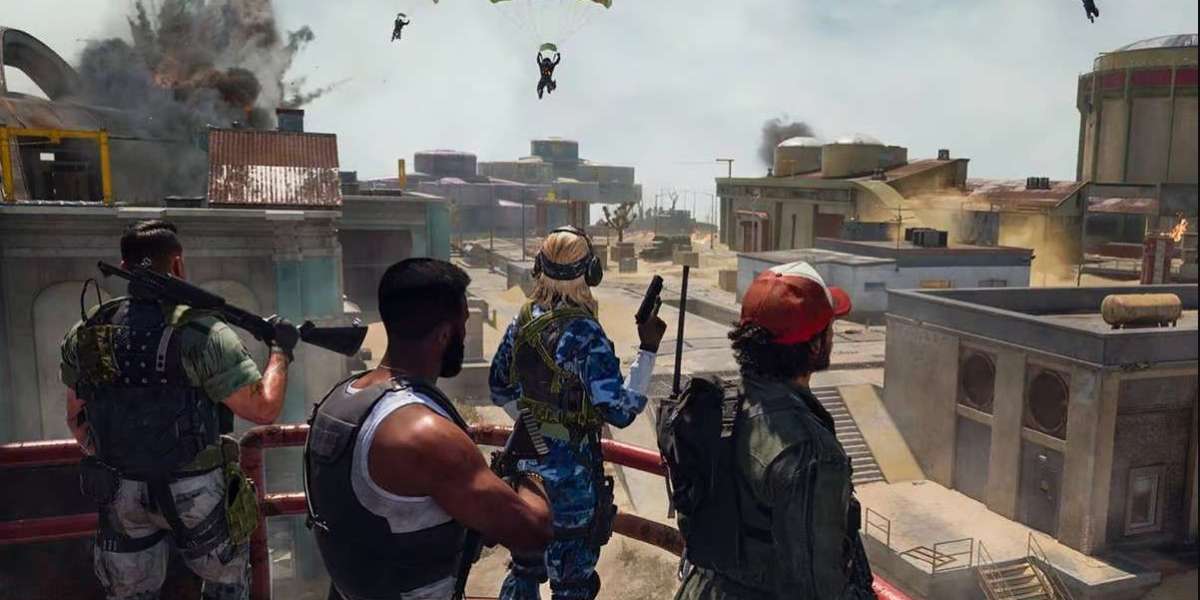Pursuing an MBBS in Iran is becoming an increasingly attractive option for Indian students who are seeking affordable, high-quality medical education without the burden of hefty donations or intense domestic competition. With globally recognized universities, English-medium programs, and a growing reputation for producing skilled medical professionals, Iran is fast emerging as a preferred destination for MBBS abroad. This detailed admission roadmap will walk you through everything you need to know — from eligibility to visa procedures — to make your MBBS dream in Iran a reality.
1. Why Choose Iran for MBBS?
Iran offers a compelling blend of academic excellence, cost-effectiveness, and cultural familiarity that appeals particularly to Indian and other South Asian students. Many of Iran’s medical universities are recognized by global bodies such as the World Directory of Medical Schools (WDOMS) and are NMC-approved, meaning Indian students can sit for FMGE/NExT and return to practice in India. The curriculum aligns with international medical standards, and the increasing number of English-taught MBBS programs makes it accessible even for students with no prior knowledge of Persian.
Moreover, the cost of living in Iran is relatively low, and tuition fees are significantly more affordable than private medical colleges in India or Western countries. The healthcare infrastructure in Iran is advanced, offering students robust clinical exposure during internships and rotations.
2. Eligibility Criteria for Indian Students
To gain admission for MBBS in Iran, Indian students must meet a few key eligibility requirements:
Academic Qualification: Must have passed Class 12th with Physics, Chemistry, and Biology (PCB) as core subjects. A minimum of 50% aggregate marks in PCB is generally required.
NEET Qualification: As per NMC guidelines, Indian students must qualify the NEET-UG exam to pursue MBBS abroad and get eligibility for licensing in India later.
Age Limit: The student should be at least 17 years old at the time of admission.
Language Requirements: While many universities offer MBBS in English, students may have to learn basic Persian for clinical interactions in hospitals. Some universities might require a language preparatory course during the first year.
3. Step-by-Step Admission Process
Step 1: Research and University Selection
Start by shortlisting Iranian medical universities that are NMC-approved and offer MBBS programs in English. Some popular ones include Tehran University of Medical Sciences, Shiraz University of Medical Sciences, Mashhad University of Medical Sciences, and Guilan University of Medical Sciences. Pay close attention to tuition fees, hostel facilities, course structure, and location.
Step 2: Submit the Application
Applications can be submitted either through the university’s official website or through authorized representatives. The application generally requires:
Scanned copy of the 10th and 12th mark sheets
NEET scorecard
Passport copy
Passport-sized photographs
Statement of purpose (optional)
Step 3: Receive the Admission Letter
If your documents are complete and meet the eligibility, the university will issue a provisional admission letter confirming your seat.
Step 4: Document Verification and Apostille
You’ll need to get your academic documents attested and apostilled by MEA (Ministry of External Affairs) and sometimes legalized by the Iranian Embassy in India.
Step 5: Apply for Visa
After receiving your admission letter, you must apply for a student visa. The required documents include:
Admission confirmation
Passport (valid for at least 1 year)
Medical fitness certificate
Visa application form
Passport-sized photos
Visa approval typically takes 2–4 weeks, and students are often required to appear at the Iranian embassy for an interview or biometric process.
Step 6: Travel and Enrollment
Once the visa is approved, book your travel and inform the university. Upon arrival, students need to complete in-person enrollment, submit original documents, and pay the first semester's tuition fees.
4. Fee Structure and Living Costs
MBBS in Iran is budget-friendly compared to other countries. Here is a rough breakdown:
| Expense | Amount (INR/year) |
|---|---|
| Tuition Fees | ₹3,00,000 to ₹5,00,000 |
| Hostel & Food | ₹60,000 to ₹1,00,000 |
| Miscellaneous Expenses | ₹50,000 approx. |
| Total Estimated Cost | ₹4,10,000 to ₹6,50,000/year |
Over a span of 6 years, the total expense can range between ₹25 to ₹35 lakhs, making it one of the most affordable MBBS destinations for Indian students.
5. Medium of Instruction & Curriculum
Several Iranian universities now offer MBBS programs fully in English, especially for international students. The curriculum is structured as:
Pre-clinical (Years 1–2): Focus on anatomy, biochemistry, physiology, and pathology
Para-clinical (Year 3): Subjects like pharmacology, microbiology, community medicine
Clinical Training (Years 4–6): Hospital-based rotations in medicine, surgery, pediatrics, OBG, psychiatry, and more
During clinical years, students work under supervision in affiliated hospitals, gaining hands-on experience. Basic Persian proficiency is often required to interact with local patients effectively.
6. Recognition and Post-MBBS Options
Most reputed medical universities in Iran are recognized by:
National Medical Commission (NMC), India
WHO (World Health Organization)
WDOMS (World Directory of Medical Schools)
This recognition ensures that students can appear for FMGE/NExT in India and also apply for USMLE, PLAB, or other international licensing exams.
Students have options post-MBBS:
Return to India and appear for FMGE/NExT
Apply for MD/MS abroad
Pursue USMLE for medical residency in the USA
Practice in Iran (after passing local licensing exams)
7. Challenges and Considerations
While Iran offers a lot of benefits, students should be aware of some challenges:
Language Barrier: Although classes are in English, interaction with patients and locals will require learning Persian.
Cultural Differences: While Iran is welcoming to international students, adapting to Islamic customs and societal norms is essential.
Visa Policy Changes: Always keep updated on visa guidelines from the Iranian embassy as policies may change without notice.
8. Final Thoughts
Iran presents an excellent opportunity for Indian students who want to pursue MBBS abroad with limited financial resources yet high academic ambition. With internationally recognized universities, quality faculty, and low living costs, it strikes the perfect balance between affordability and excellence. However, success in pursuing an MBBS in Iran requires thorough preparation, a clear understanding of the process, and the ability to adapt to a new cultural and academic environment.
Following this comprehensive roadmap will ensure that your journey to becoming a globally competent doctor begins on the right path. If you're ready to take the leap, start your application process early, and seek guidance from trusted MBBS abroad consultants to simplify documentation and visa formalities.






